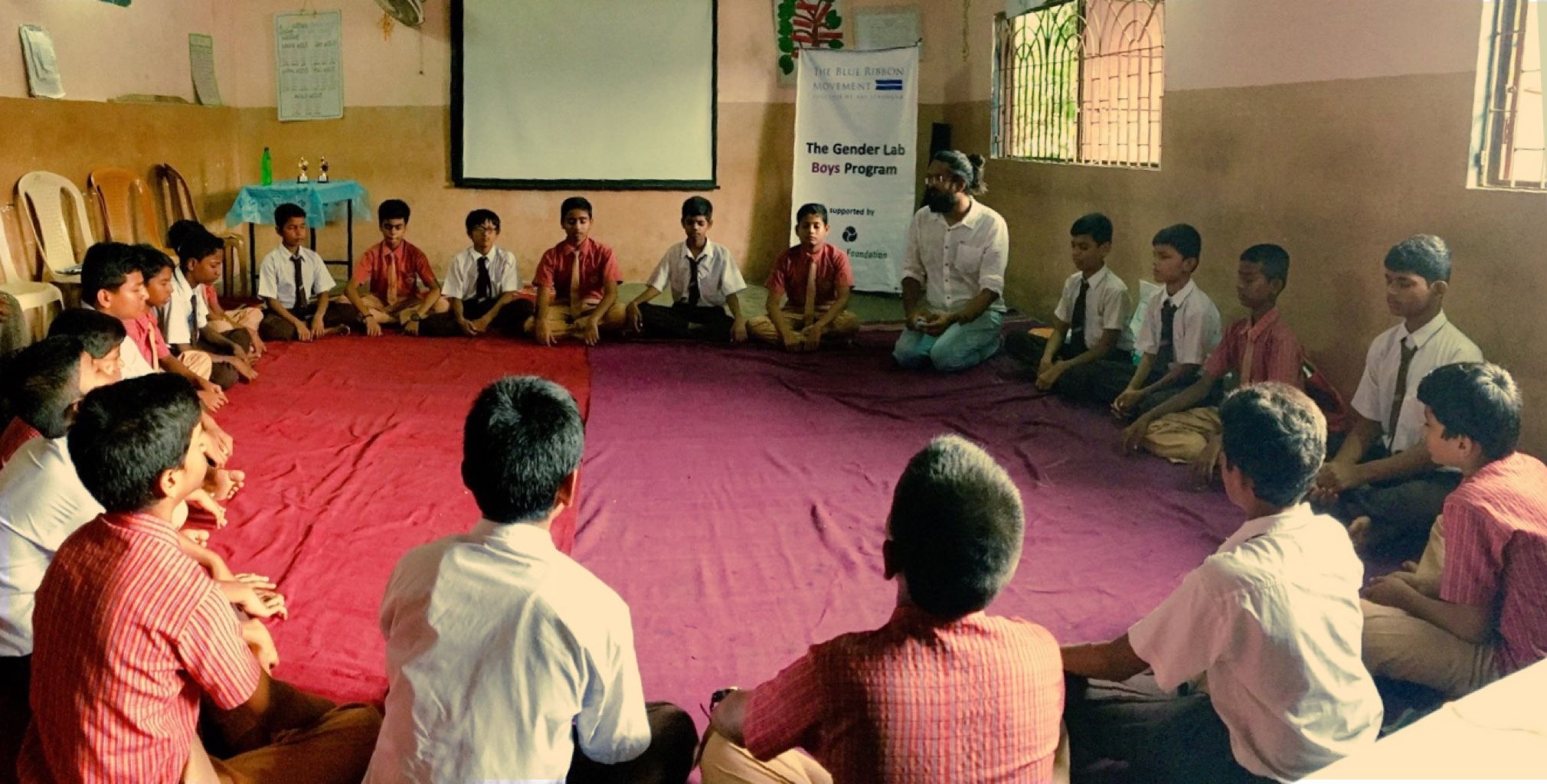
A year ago, I arrived in Delhi wearing my industrial strength mask due to the ‘not safe for humans’ level of air pollution, when the Right to Breathe movement was in full swing. Diya Nag, one of my colleagues there, shared with me some of the recent work to advance gender equality and she said, “Oh, and we also supported The Gender Lab Boys Program pilot and that funding has now finished.”
The Gender Lab Boys Program? The name was so evocative. I was intrigued, curious, and wanted to know more. So, Diya shared the background and the approach. “We can fund this, Diya. This is important work.” One of the real gifts we have in our work to advance women’s empowerment and gender equality at The Asia Foundation is flexible funding from our Lotus Circle advisors and donors. This allows us to provide funds to pilot, sustain, expand and leverage projects in the 18 countries in Asia where we work. So, we were able to commit Lotus funds to further support The Gender Lab Boys Program, to ensure it had the best chance of being sustainable in the long term.
A year later, I was in Mumbai to experience the program first-hand, together with Diya and Binayak, one of our colleagues from our Nepal office. He was there to learn about how it might be adapted to a Nepal context.
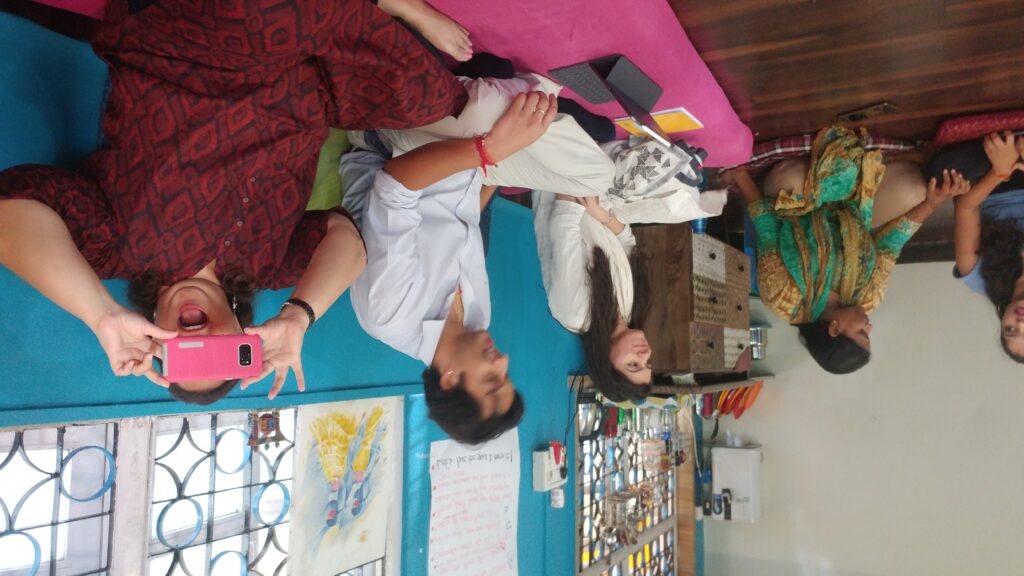
The Gender Lab Boys Program was the brainchild of co-founders, Akshat Singhal and Ayushi Banerji, and it’s a part of The Gender Lab that grew out of The Blue-Ribbon Movementwhich was revived as a social enterprise in 2010 by Abhishek Thakore and Akshat Singhal – both friends since childhood. Today, it’s a hub for engagement labs and other experiments including The Community Connect Fellowship, Media Lab, and The Gender Lab. The Gender Lab consists of three programs – The Gender Lab Fellowship, Avanti Young Women Leadership Program and The Gender Lab Boys Program.
From 2018 to 2019, 2,500 boys from 61 schools in Mumbai, Indore, and Delhi went on a journey of redefining masculinity and standing up to gender-based violence. Through projects designed to increase their awareness, advocacy, and action, these boys collaborated to address issues including cyber bullying and physical bullying, domestic violence, sexual harassment, verbal violence, gender discrimination, and portrayal of women and men in the media. Their collective community outreach on these issues directly affected over 10,000 people in the community, with many thousands more reached through the reverberating influence and impact of this work.
The idea of such a program was phenomenal to me, as well as the potential it could have if introduced to schools and communities across India. Across Asia!
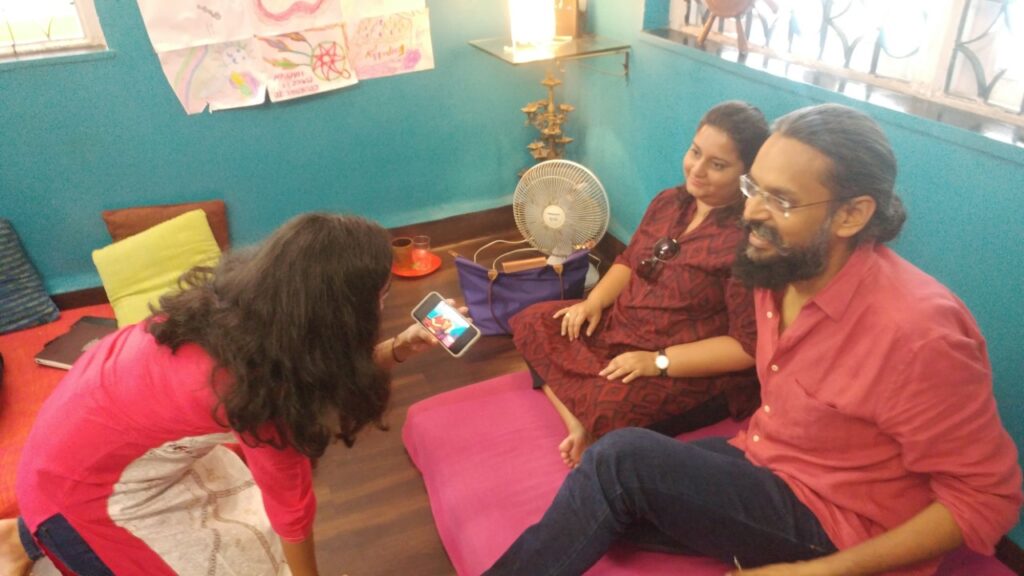
Diya was clear about the importance of this work in an Indian context:
“Firstly, studies have shown that men and boys who subscribe to more rigid views about gender roles and ideas centred on masculinity are more likely, for example, to report having used violence against the opposite gender. Some of the ideas around male privilege and control are identified as the top factors which predict violence.”
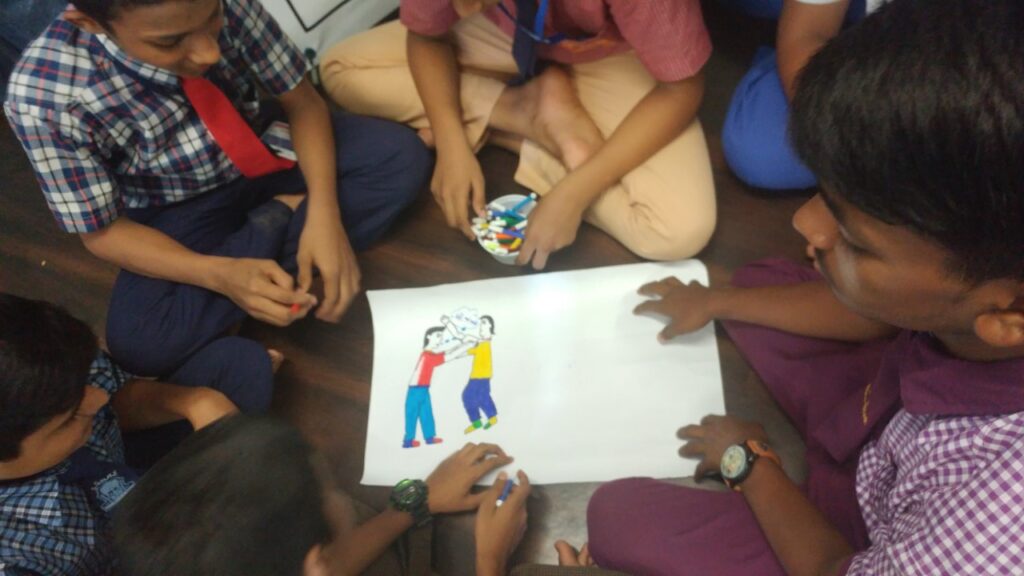
“Secondly, men are an untapped resource – and can also be very influential and powerful allies for women and girls.”
“Thirdly, men and boys are sometimes less aware of the extent of discrimination and the lived experiences of women and girls and including them in programming can bridge this gap. Changing mindsets and behaviour is one piece of the puzzle, but we also must actively engage with those who are in powerful and influential positions – politics, finance, judiciary, police, business, media etc. – and these are mostly men. Therefore, men are determining the policies and addressing priorities which affect both genders. If we don’t include boys and men in programming, we won’t be able to influence changemakers.”
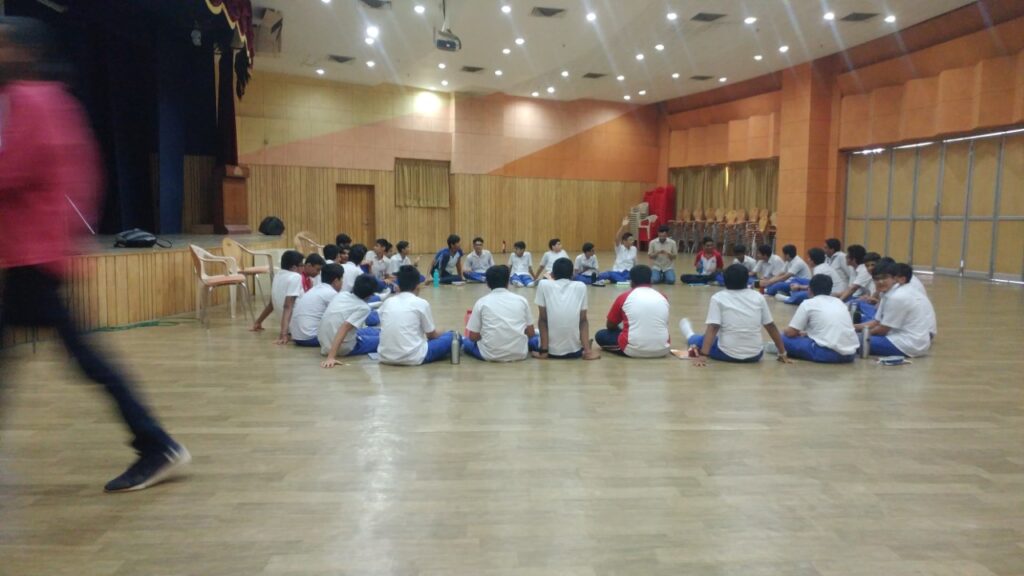
“The Gender Lab Boys Program can influence boys at a critical time of their lives – including the pre-teen and teen years. This is a great opportunity to help them understand why gender equality benefits everyone and shines a light on their role in promoting the empowerment of women and girls. They recognize they have power and privilege, and therefore they have the capability to change existing norms and ideas around gender and masculinity. They can challenge patriarchal beliefs, practices, and later in life, institutions and structures which continue to drive inequality,”
I was glad Diya was with me, as she had a unique perspective through which to view the program and its potential. I was equally glad Binayak, our colleague from our Nepal office had joined us to look at how they might take the program to Nepal. He had been undertaking deep work in looking at the influence of dividers and connectors. This included mapping the kind of connectors that enabled young people to generate awareness, influence and impact.

I was also struck by the potential to support boys going beyond their role as allies to recognize that gender inequality constrained them as much as girls. By working to change the equation, they would be supporting an environment (community, country, and world) that valued equality, respect, dignity, equity, justice, freedom, creativity, and potential.
Meeting Akshat was like meeting a glowing being in love with life and his work. I wasn’t surprised when he later described his work simply as ‘prayer.’ He beams with energy and love and those working with him appear as if they’ve come from the same genie bottle. There’s something deeply life-affirming (love-affirming) about seeing this program in action. It’s designed to encourage each person to be self-aware and to examine their attitudes, behavior, and beliefs so that they can embark on a journey of change and transformation. The trainers involved had a kinetic energy with the students that allowed for difficult questions and conversations to surface about awkward and important issues.
The vision for The Gender Lab Boys Program is described as ‘Empowering adolescents to question existing gender narratives through critical and meaningful engagement with their communities.’ In plainer language, Akshat calls it “breaking fixed notions of masculinity.”
For our first meeting, Akshat and some of his team shared the curriculum with us, which includes the ‘Genderbread’ – a teaching tool on gender identity and expression. The Gender Lab curriculum encourages critical thinking skills that give rise to critical questions and actions. In an age of social media and the political rise of the Strong Man, the ability to be reflective, alert, curious, able to critique issues and engage in advocacy is vital.
The program curriculum engages boys in guiding questions, videos, guests and projects that provide a chance to ‘learn by doing’”. Some of these questions include ‘what role does a man play in building a nation?’, ‘what is the role of a woman?’, ‘Is gender a choice?’, ‘Where are the conflicts of gender and sex?’, ‘What is a traditional or modern mindset?’, and ‘How is violence made a part of our lives?’
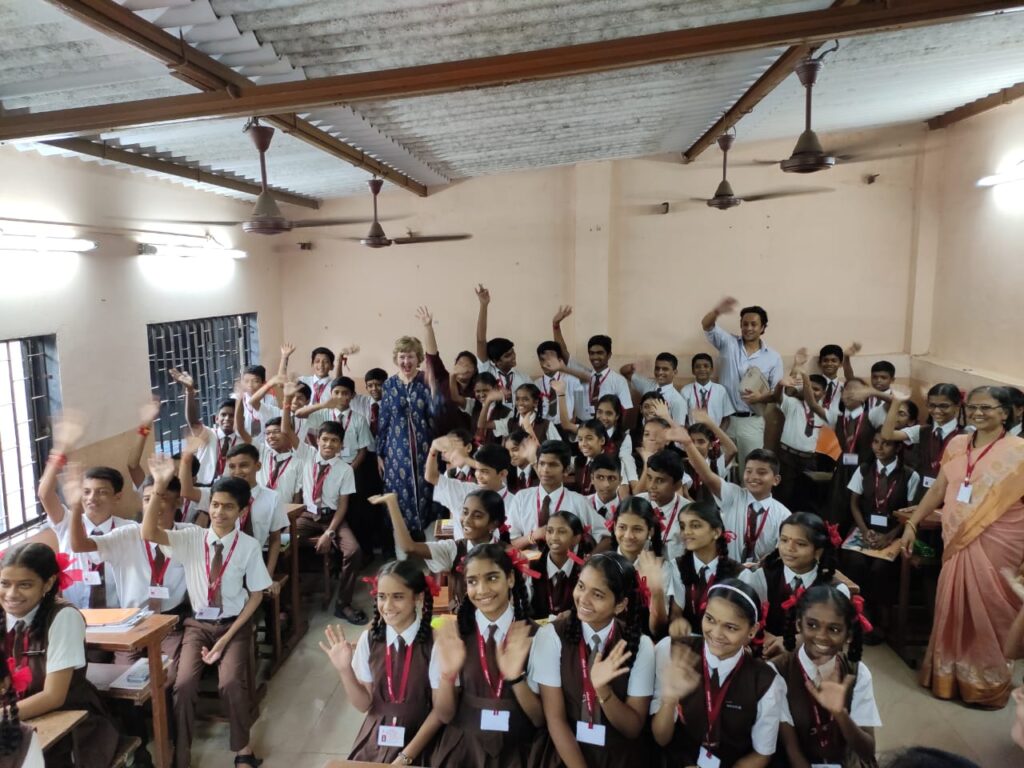
Boys are also invited to consider their response to statements such as ‘A woman’s most important role is to take care of her home and cook for her family’; ‘If someone insults me, it is okay to defend my reputation with force if I have to’; ‘A man should be the final decision making authority in his house’; ‘I should be good at sports because I am a boy’; ‘If a woman is ‘teased’, it may be because of how she is dressed’; ‘Girls should not go out of the house late at night’; ‘There are times when a woman deserves to be beaten’; ‘A man is weak if he cries or shows emotion’. And then a question: ‘What are three things you can’t do because you’re a boy?’
The program engages trainers who have a high degree of self-awareness and who are skilled communicators. Many admit going on their own journey to get to the point where they’re working with boys on issues they’ve also struggled with. Akshat speaks of his own stereotypical thinking that he had to shake off. “Even I have my own box and I want to help others break out of the box.” It reminds me of the human potential movement of the 60s morphed into a 21st century gender consciousness-raising movement in India.
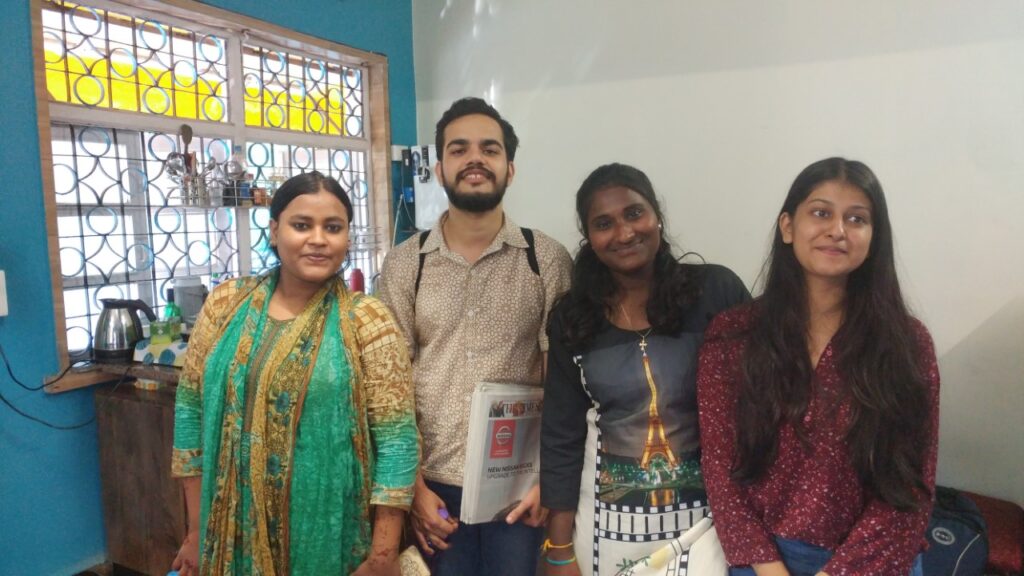
The next day we met more of the staff at The Gender Lab office in Dahisar West as well as some of The Gender Lab Fellows who support the program outreach.
We then traveled first to one of the more affluent schools, Lokhandwala Foundation School in Kandivali East to meet the Principal and observe a follow up session with the boys. We also met with the girls through the Avanti Young Women Leadership program. I sat in with a group of girls who were mapping out an approach to a Gender Lab for Parents (“because parents need educating too,” one girl said). These girls were coming up with a list of topics. What would be top of the list, I wondered? Educating parents on drug abuse, several of them said. What do you think you’ll do when you finish school, I asked? STEM subjects, science and finance degrees, the majority answered. If you get married, what age will you likely be? They laughed. At least 30, maybe older.
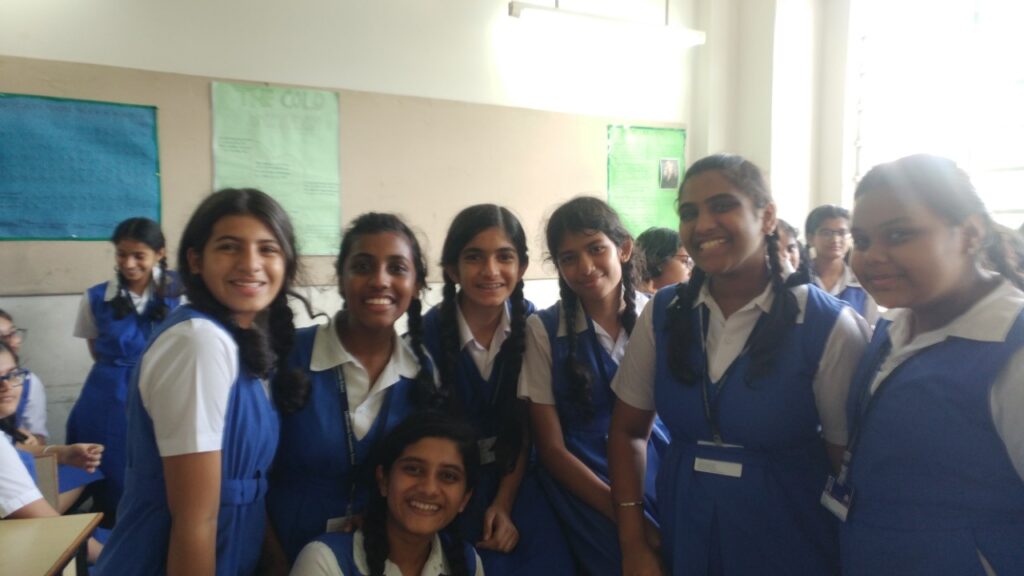
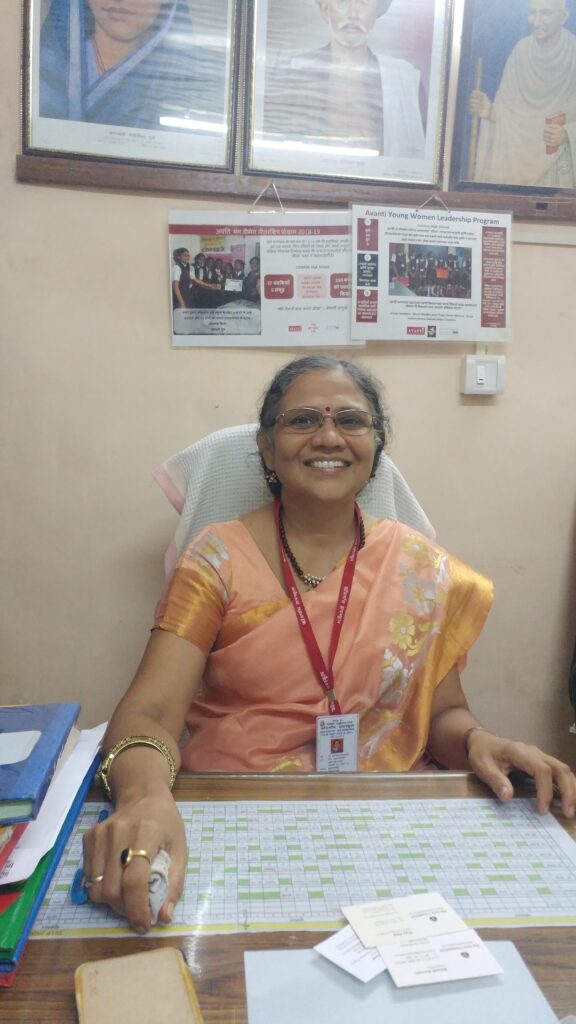
After this, we traveled on to a less affluent school, Cosmos School in Borivali East, to meet the Principal and students. I asked the Principal what age girls at her school would likely marry. “By the age of 21”, she answered. What was striking at this school was the very local nature of the advocacy projects both girls and boys were focused on, such as addressing the sewerage situation right next to the school and advocating for citizen and government action. There was also a huge sense of shared commitment and team work, even in consulting with each other in answering our questions.
The projects designed and implemented by boys included surveys on everyday sexism, interviews with local police about domestic violence, poster and social media campaigns to address bullying. They also involved a poll on who can be a leader, and a household study on the gender division of labor. Another group conducted an enquiry into the problems women face including access to education, child marriage, sati (widow burning), and the unequal division of labor.
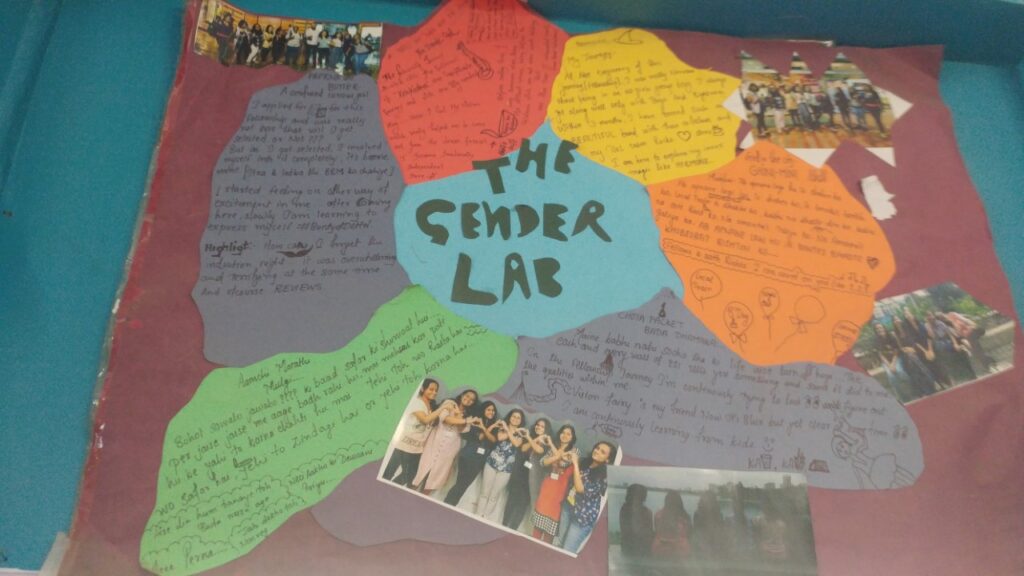
Later, when we were asked to say something to the students, Binayak spoke about the act of hands together to say ‘Namaste’ being an act of honoring the other and seeing oneself in the other. This was also the invitation through The Gender Lab Boys Program – to really be seen.
There’s an electric energy in the room when the boys are talking amongst themselves and discussing the issues and projects – and when they present to us their level of creativity in their ideas and execution is striking. It’s creative collaboration and leadership in action.
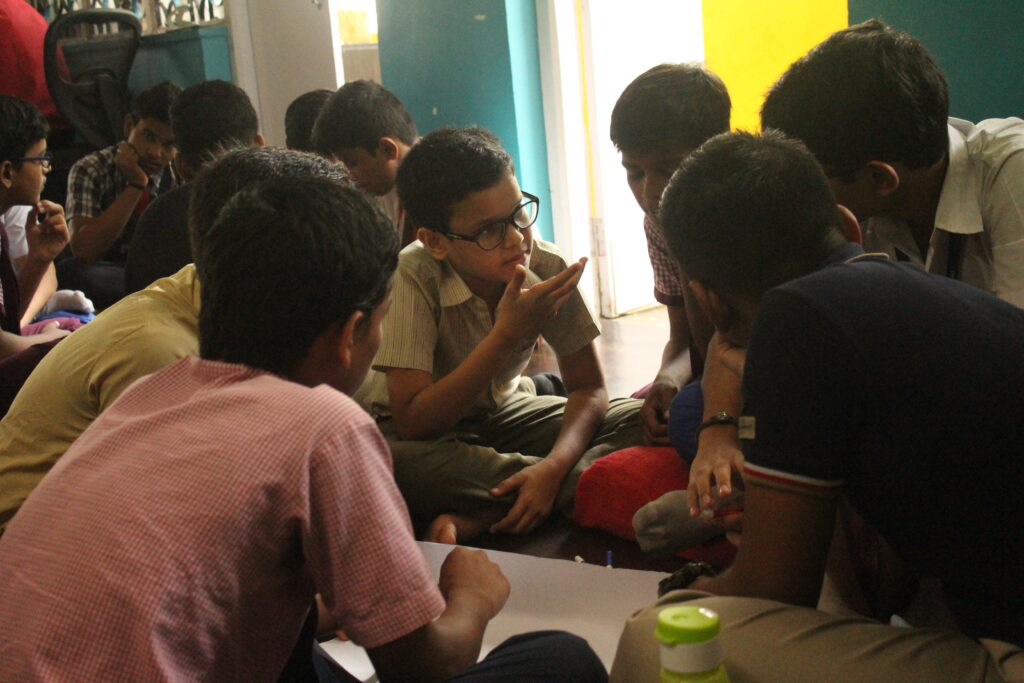
Each day I was in Mumbai, there was a daily barrage of articles in the Hindustan Times related to incest, rape, domestic violence. In one instance, a girl whose father had raped her regularly from the age of six and her mother complicit. Then, at sixteen when she discovered her sister had been subject to the same, she went to the authorities in the wake of her mother pleading for her not to do so due to shame it will bring to the family. Another mother, outraged to learn her husband had raped their daughter, went straight to the authorities.
It speaks to the important role that mothers play in the lives of their sons, and in shaping their attitudes, beliefs and behavior as much as fathers.
In the same paper I read about a man divorcing his wife on the spot (using the triple talaq) due to their one-year-old baby disturbing his sleep. This was just days after the Indian Parliament passed a law penalizing those practicing the triple talaq.
The following day, teachers and parents were present at a follow-up session with the boys. They formed their own groups to discuss the impact of The Gender Lab Boys Program on boys’ behavior and what they could see as the long-term influence of the program.
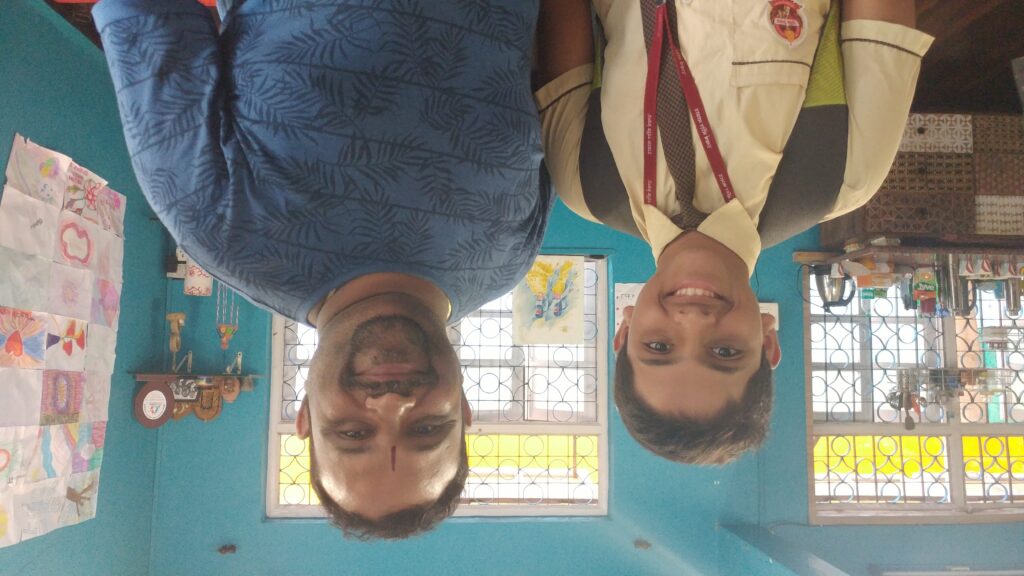
The boys were bursting with ideas for other actions that would make a difference and were tripping over themselves to get the words out. Start a mini Gender Lab. We need refresher workshops. Have Gender clubs from 5th grade. Make the Gender Lab a subject in curriculum. It’s clear that working with young people is where the energy is, and the thoughtfulness of the questions and optimism of the advocacy made me feel hopeful.

We also had a briefing on the Avanti Young Women’s Leadership Program which will engage around 7400 girls this year (2019-2020) with over 23,000 engaged to date. Girls have focused on issues including mental health, body image, dealing with depression, breaking the silence on menstruation, building solidarity and sisterhood and shattering stereotypes.
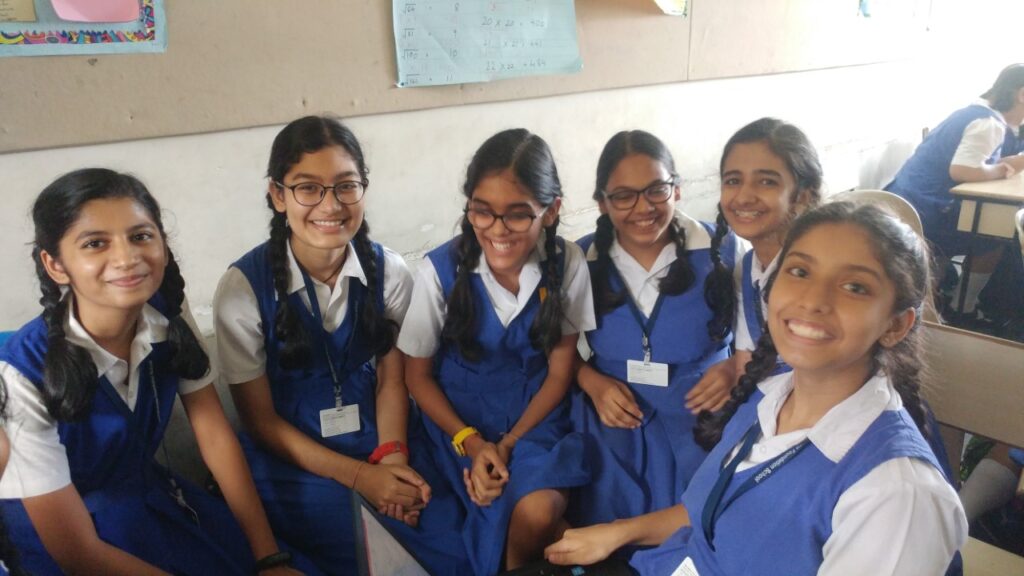
A few days later, I was speaking at a conference in Chennai, organized by the East West Center with leaders from across Asia. For this session, I was in conversation with Indian feminist, Swarna Rajagopalan, on ‘The Gendered Reality of Insecurity’. Swarna spoke about the everyday acts and chipping away, therefore making every decision count to create powerful change.
These boys (these girls!) who are part of the Blue-Ribbon Movement are engaging in conversations and actions that amount to a communal chipping away at the violence, stereotypes, and stigma that infuses so much of society. They represent a revolution toward the ‘beloved community’ which Martin Luther King Jr. evoked. There was reason for hope.
“Whatever affects one directly, affects all indirectly. I can never be what I ought to be until you are what you ought to be. This is the interrelated structure of reality.
Not everybody can be famous, but everybody can be great because greatness is determined by service… You only need a heart full of grace and a soul generated by love.”
Martin Luther King Jr.